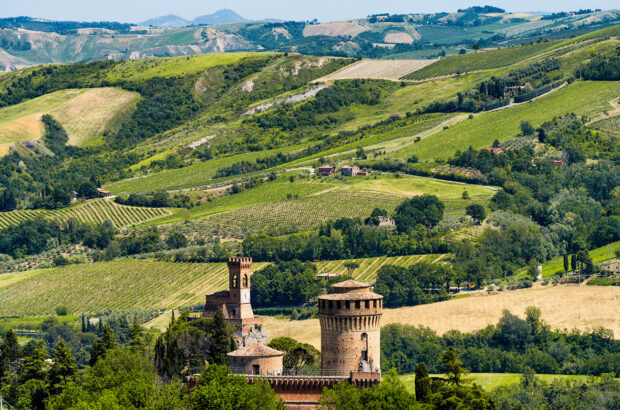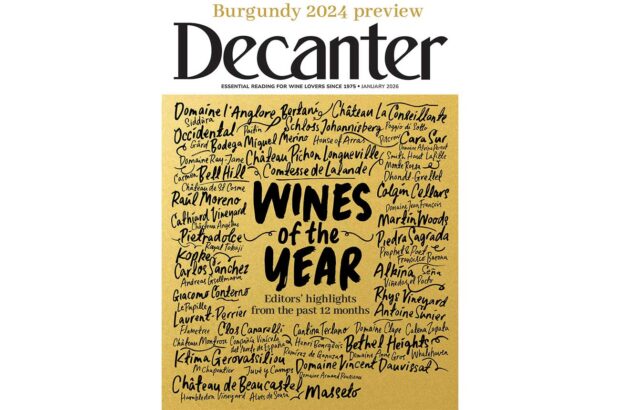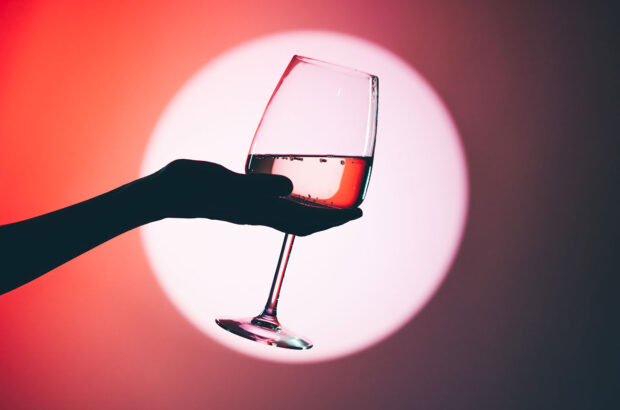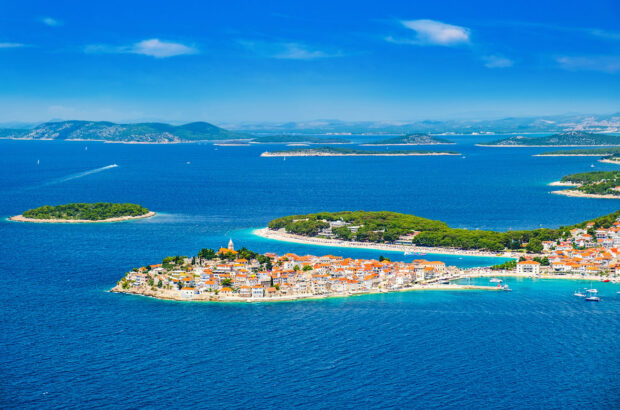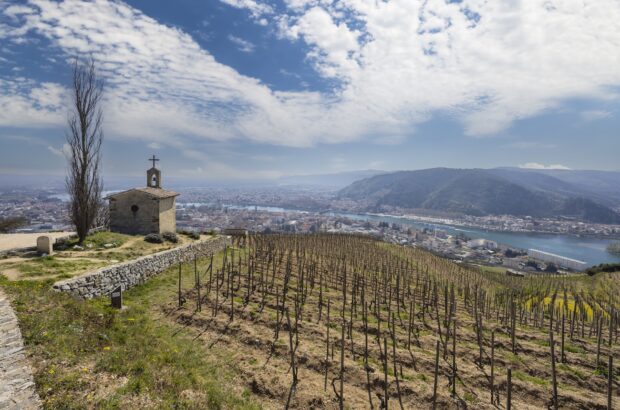Across growing regions, winemakers are exploring lower-alcohol options as part of a shift toward lighter, healthier wines with fewer calories, less sugar and lower alcohol content.
Healthier lifestyle habits are driving the trend as low-alcohol wines gain steady traction with health-conscious consumers and increasing interest from winemakers who are adapting vinification techniques to meet the demand for lighter alcohol expressions.
By loose definition, ‘low alcohol wines’ typically max out at 11-11.5% abv.
There are several ways to create a wine that is lower in alcohol, the most straightforward being harvesting grapes earlier while innate sugar levels are still fairly low (sugar converts to alcohol – the more sugar in the grapes at harvest, the higher the alcohol conversion during fermentation).
Next, winemakers can stop fermentation before all of the sugar converts to alcohol, leaving wines like German Riesling in the 8-10% abv range (albeit with considerably more sugar and calories thanks to elevated residual sugar levels). There are also mechanical interventions that winemakers may employ to reduce alcohol, such as distillation technology or filtration systems to remove alcohol from wine.
Please note that alcohol levels and calories referenced below may vary depending on vintage.
New Zealand
Celebrated as the very first winery to make Sauvignon Blanc in New Zealand, Matua stays on trend with a new rendition of the beloved grape. Known for lively lip-smacking expressions, Matua has answered the call for an intentionally ‘lighter’ but still lively Marlborough offering with the Matua Lighter Sauvignon Blanc at 9% abv and a scant 80 calories per 150ml serve.
Pouring on the signature citrus and fresh cut grass aromas, Matua keeps the vibrant, grapefruit-driven heart of Sauvignon Blanc in the glass whilst reducing both the calories and alcohol by 25%. Another strong contender in the no/low alcohol category from New Zealand is Giesen’s hearty lineup of seven different labels of 0% alcohol wines as well as its Pure Light Sauvignon Blanc and Pinot Gris. Both Pure Light labels weigh in at 6% abv, happily reducing the calories by 45% and alcohol by 50%. Clean and lean with lively acidity and a decent dose of tropical fruit on the Sauvignon Blanc, these wines are making waves with under 50 calories per 125ml serve.
California
With longstanding roots in the nutrition and adventure sport industry prior to establishing Clif Family Winery, co-owners Kit Crawford and Gary Erickson were inspired by Italy’s tradition of long leisurely lunches served with lower alcohol wines, especially after a day of cycling. Vino del pranzo, Italian for ‘lunch wine’, launches with two Napa classics, a bright and citrusy Sauvignon Blanc 2024 (8.5% abv) and a well-structured, black-fruit dominant Cabernet Sauvignon 2022 with 20 months spent in 60% new French oak (12.5% abv – remarkably low for Napa Cab).
Both wines are 100% organically farmed in Napa’s Oak Knoll District and showcase decidedly lower alcohol levels without compromising on aroma, flavour or texture. ‘Consumers want to make better choices for their health, and many are opting for less alcohol consumption,’ says Clif Family winemaker Laura Barrett. ‘So I have crafted a light, fruit-forward, food-friendly wine at a reduced alcohol level’ to help meet market interest.
Scheid Family Wines also has a competitive entry in the low-alcohol sector with its Monterey County label, Sunny with a Chance of Flowers. This sustainable, zero-sugar wine collection features seven wines, ranging from sparkling rosé to Cabernet Sauvignon, all carrying 9% abv (according to vintages listed on the producer’s website). The well-received Pinot Noir showcases a generous core of plum and raspberry with a touch of oak.
Spain
Cava runs notably lower in alcohol levels, often hovering around 11.5%. While not intentionally striving for a ‘low alcohol’ designation, top-selling Freixenet Cava Blanc de Blancs brings a creamier style and plenty of palate pep with loads of ripe apple, citrus blossom, and a slice of toasted pastries. It is fresh and balanced and 11.5% abv.
Portugal
Broadbent’s Vinho Verde NV – a bright and cheery, summer-in-a-bottle white wine built on the indigenous blend of 50% Loureiro, 40% Trajadura, and 10% Pedernã. Weighing in at a mere 9% abv, this slightly spritzy white wine from northern Portugal brings a lively, fresh-cut apple meets citrus profile with zesty acidity and a remarkably food-friendly nature. Easy on the wallet and easy on the alcohol, this well-distributed wine is a top pick for lighter summer sipping.
Italy
While admittedly a ‘dessert wine,’ Piedmont’s slightly sparkling Saracco Moscato d’Asti may not be low on sugar. However, it is low on alcohol at only 6% abv (2024 vintage). Downright delicious on every front, the yin and yang of decidedly sweet meets tangy acidity is the tasty result of stopping fermentation before all sugar is converted to alcohol.
Many Italian Proseccos, Italy’s easy answer to sparkling wine, also come in under 11% abv. Made in a zero-waste facility in the heart of Tuscany, Ziobaffa Prosecco NV is 100% organic and shines bright with the heady aromas of ripe peach, sassy citrus and acacia blossom (11% abv).
While certain wine regions and styles lend themselves better to the low alcohol wine scene, extraordinary strides have been made in the last five years to craft well-made wine while limiting an otherwise mission-critical ingredient: alcohol. No small feat when a winemaker is striving to stay true to both the expression and regional style of a wine. Happily, there are plenty of gutsy winemakers and innovative estates willing to create modern takes on traditional grapes.



